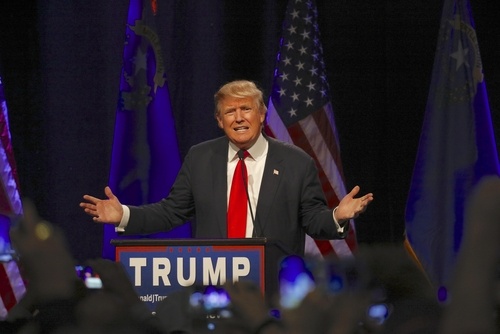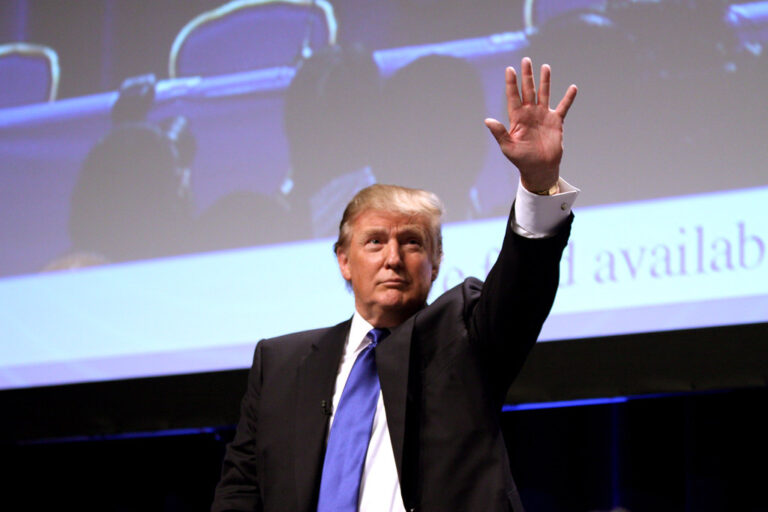Key Takeaways:
- Zohran Mamdani’s win in NYC’s Democratic mayoral primary signals a desire for fresh voices in the Democratic Party.
- Voters are rejecting establishment candidates and embracing bold, new leaders.
- The 2024 election showed that stale messaging and familiar faces aren’t enough to win.
- Democrats must listen to their base and embrace change to succeed in future elections.
The Cuomo vs. Mamdani Race: A Lesson for Democrats
The Democratic Party is at a crossroads, and a recent local election in New York City is shining a spotlight on what voters truly want. Zohran Mamdani, a 33-year-old progressive candidate, defeated Andrew Cuomo, a well-known but scandal-plagued former governor, in the NYC Democratic mayoral primary. This race wasn’t just about two candidates—it was a referendum on the kind of leadership Democrats are hungry for.
Cuomo, a seasoned politician, was widely seen as a relic of the past. His campaign was backed by special interest groups and PAC money, but voters weren’t excited. Many saw him as a reminder of the same old politics that have alienated younger and more progressive Democrats. On the other hand, Mamdani represented something new. He’s a fresh face with bold ideas, and his victory sent a clear message: voters are ready for change.
A Broader Message for Democrats
Mamdani’s win isn’t just a local story. It’s part of a larger trend within the Democratic Party. Voters are frustrated with the status quo and want leaders who are willing to challenge the system. This isn’t just about being progressive or moderate—it’s about bringing new energy and fresh perspectives to the table.
The 2024 presidential election made this clear. Democrats nominated Kamala Harris, who initially brought excitement to the race. However, as the campaign went on, her message became stale. The same consultants and elites who have dominated Democratic politics for years took over, and by Election Day, the energy was gone. The result? Democrats lost, and voters made it clear they were uninspired by the same old playbook.
What Do Democratic Voters Want?
The answer is simple: change. Voters aren’t just reacting to Donald Trump or the Republican Party. They’re demanding something more from Democrats. They want leaders who are bold, authentic, and willing to fight for real change.
This desire for change isn’t limited to progressive voters. It’s a sentiment shared by Democrats of all stripes. From young people to lifelong party members, there’s a growing sense that the Democratic Party needs to evolve. The same tired candidates and consultants who have been running things for decades aren’t cutting it anymore.
The DNC’s Role in the 2024 Election
The Democratic National Committee (DNC) is supposed to help the party win elections. But right now, it’s in turmoil. Donations are down, and there’s growing frustration with the party establishment. This isn’t about the DNC itself being bad—it’s about the fact that voters want more than just business as usual.
If Democrats want to win again, they need to stop relying on thesame old faces and strategies. They need to listen to their voters and give them what they want: new voices, new ideas, and a willingness to take on the tough fights.
The Future of the Democratic Party
2028 will be the first presidential election in decades without a Clinton, Obama, or Biden at the top of the ticket. This is an opportunity for Democrats to reinvent themselves and embrace a new generation of leaders. Candidates like Zohran Mamdani are showing what this future could look like.
But this doesn’t mean every race will follow the same pattern as New York City. Every place is different, and what works in NYC might not work elsewhere. However, the broader message is clear: voters are ready for change, and Democrats need to deliver.
Are Democrats Ready for Change?
The 2024 election was a wake-up call for the Democratic Party. Voters are tired of the same old politics, and they’re demanding something new. Whether it’s through grassroots movements, primary challenges, or entirely new candidates, the message is the same: it’s time for a fresh start.
So, are Democrats ready to listen? If they want to win again, they have no choice but to embrace change. The question now is: will they?










